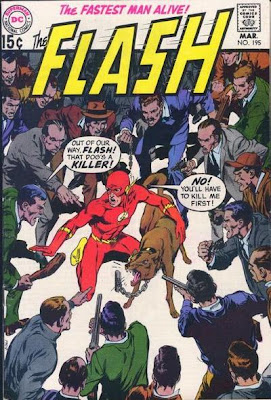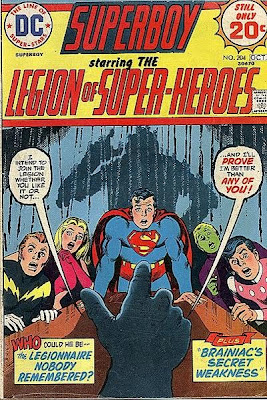 It's January 11th, 1975, almost exactly a year since the treat of Spider-Man Comics Weekly #50, and the mag finally hits the big ton. So, seeing as we've reached a true landmark, how have things changed in the last 50 issues?
It's January 11th, 1975, almost exactly a year since the treat of Spider-Man Comics Weekly #50, and the mag finally hits the big ton. So, seeing as we've reached a true landmark, how have things changed in the last 50 issues?
In terms of content, it's a bit difficult to say as, this being a special issue, the whole thing's dedicated to Spider-Man, meaning no Iron Man and no Thor.
First we get the concluding part of our hero's latest clash with the Chameleon, the one where he knows who the Chameleon is because he's trying to pass himself off as Peter Parker - the one person Spidey knows the Chameleon can't be.
Then we get Spider-Man's first not-so-epic encounter with that Antipodean antagonist the Kangaroo. It's probably the comic's bad luck that its hundredth issue just had to coincide with two less than classic tales. Still, like all Spider-Man outings of that era, they're highly readable, and they're nicely drawn by Jim Mooney, John Romita and John Buscema. Those were the days when Spider-Man's adventures were so awesome it took three artists to depict them.
What does leap out at me as being different from issue #50 is the change in the Zip-a-tone policy. It's still there on every panel but now it's being used with far more subtlety and judgement. I'm no expert on, "Zip-a-Tone Of The Early 1970s," but it looks to be a better quality of Zip-a-tone that's being used, meaning that, this time round, it doesn't seriously detract from artwork that's now allowed to benefit from the larger page size. Happily, the obsession with plastering large doses of solid black ink all over every panel's been abandoned.
If the stories aren't anything special we do at least get a couple of things that weren't in every issue. We get a centre-spread pin-up of Spidey's foes that's visually striking (if a little randomly composed) and, on the back cover are the latest two instalments of that year's Marvel calendar. I wonder if anyone ever actually cut it out and used it? I doubt it, the panels were a bit small and there wasn't anywhere to write notes about upcoming events and appointments. Then again, how many upcoming events and appointments did the average schoolboy need to make note of? Sadly, January gives away the fact that Gwen Stacy's going to die, something I don't remember caring about at the time despite the trauma it caused me when it actually happened.






























